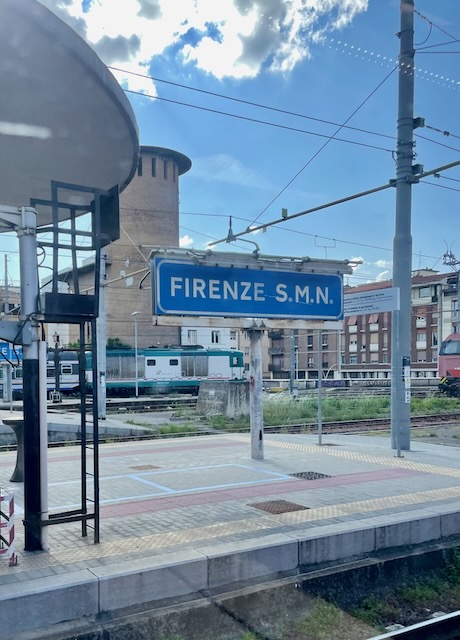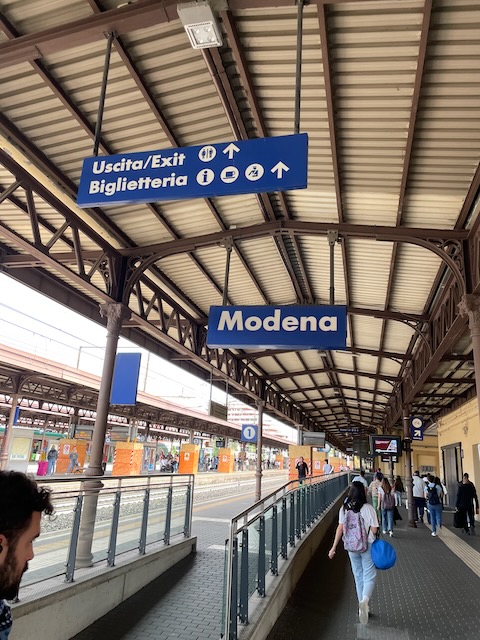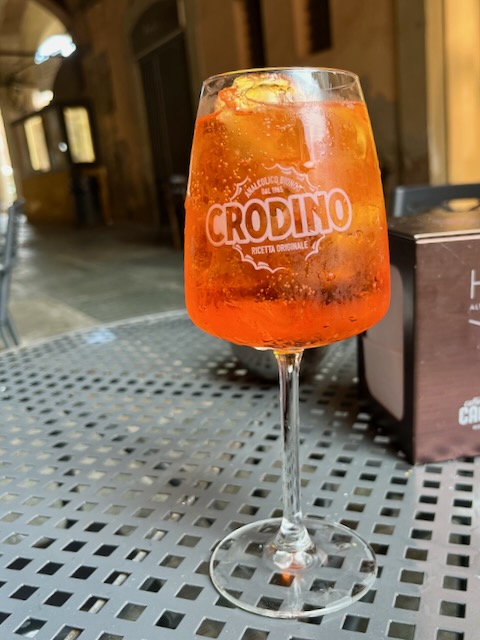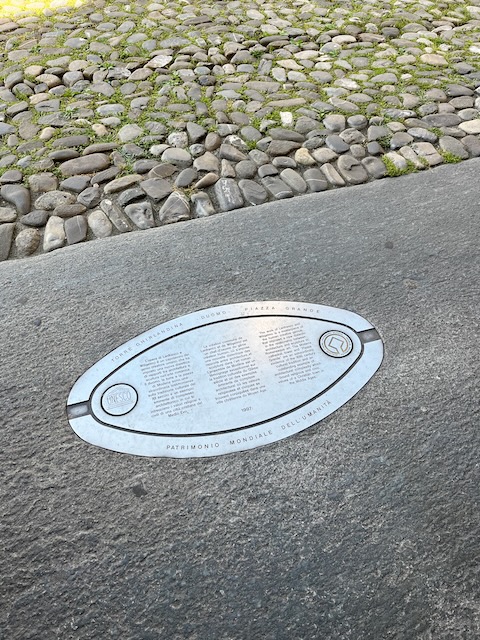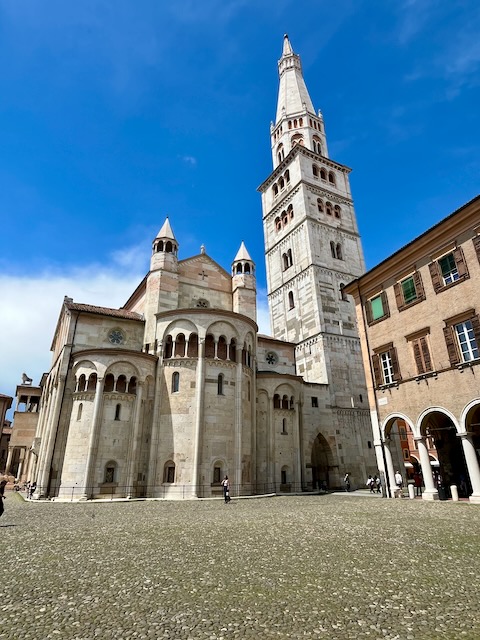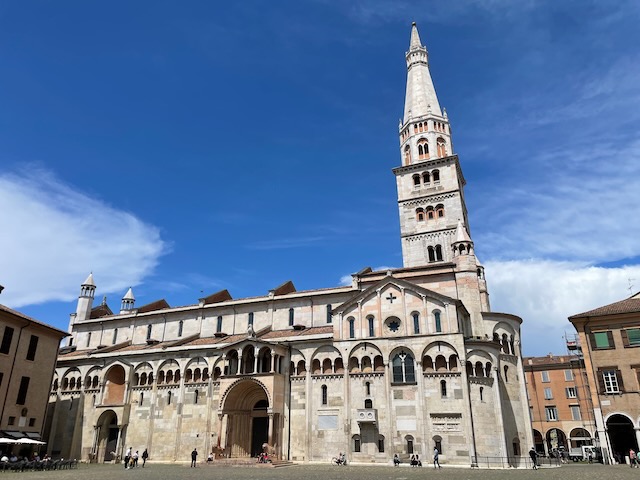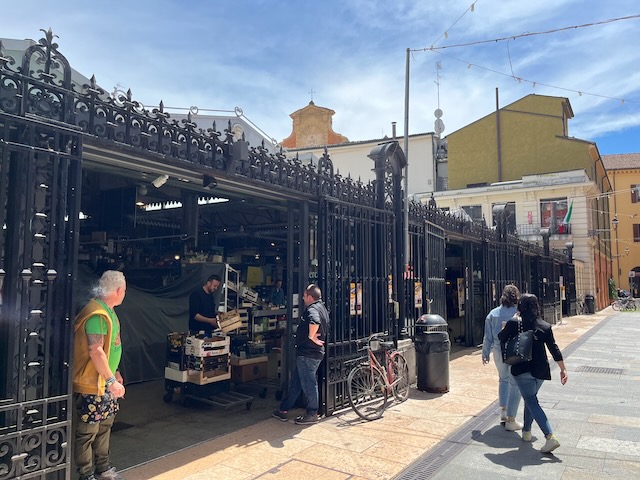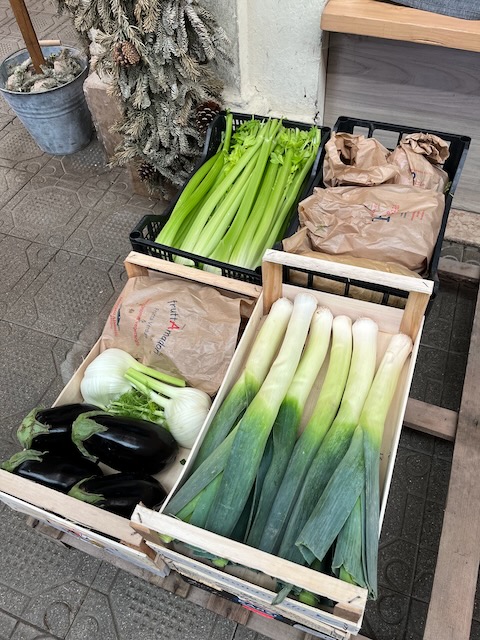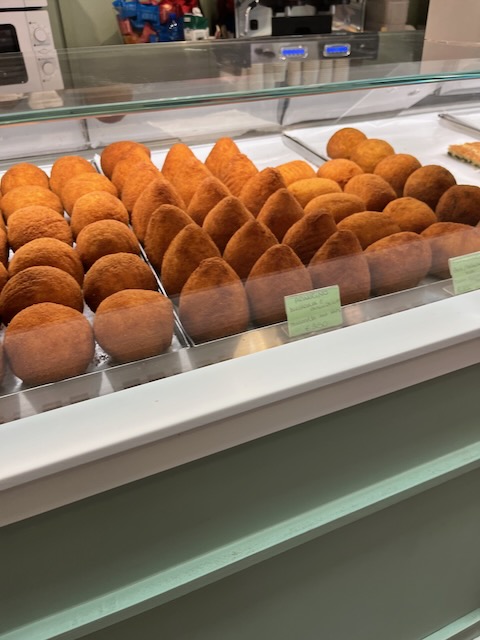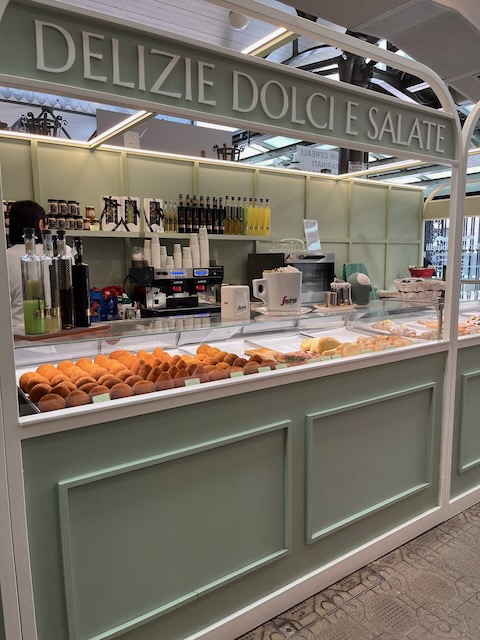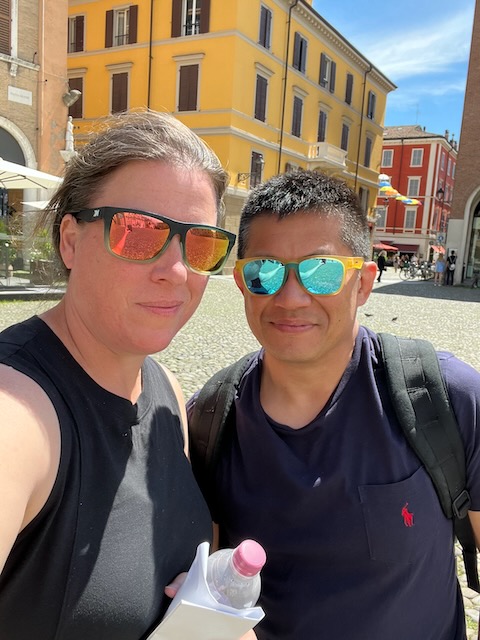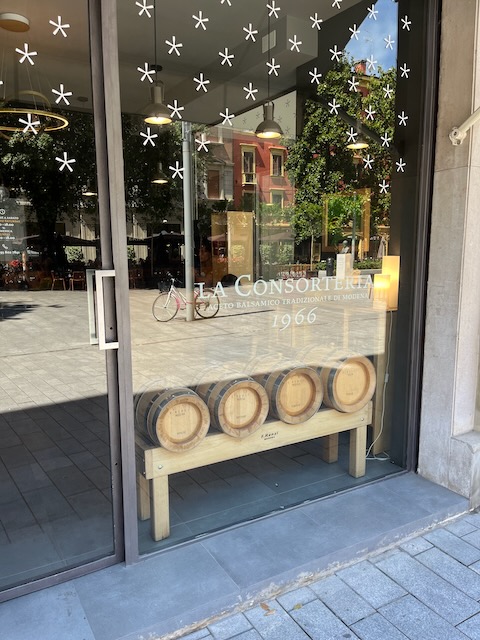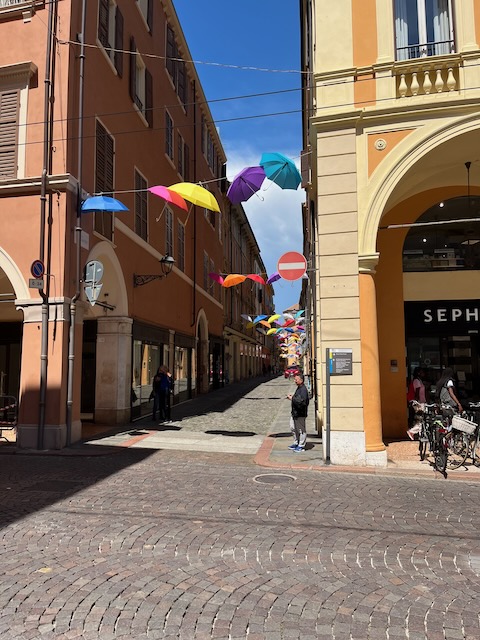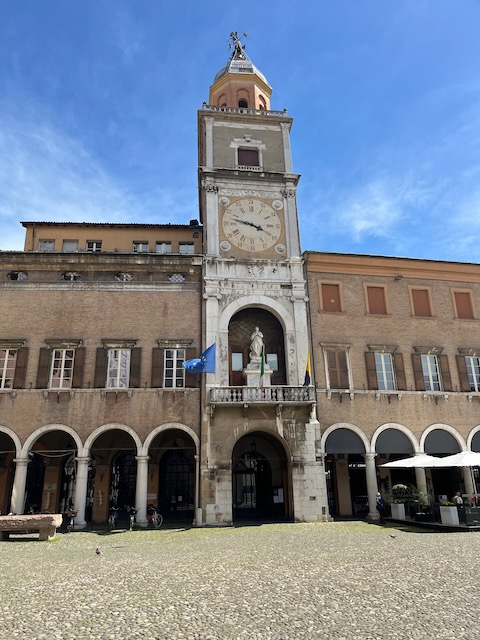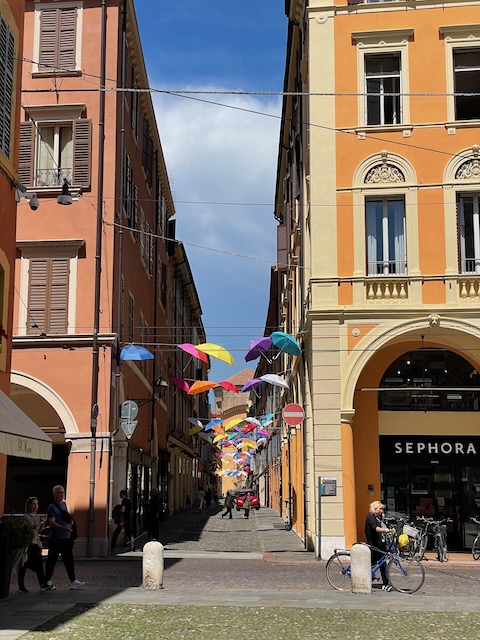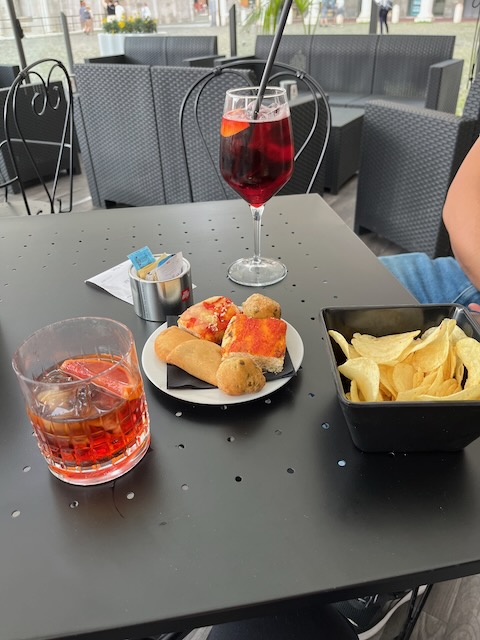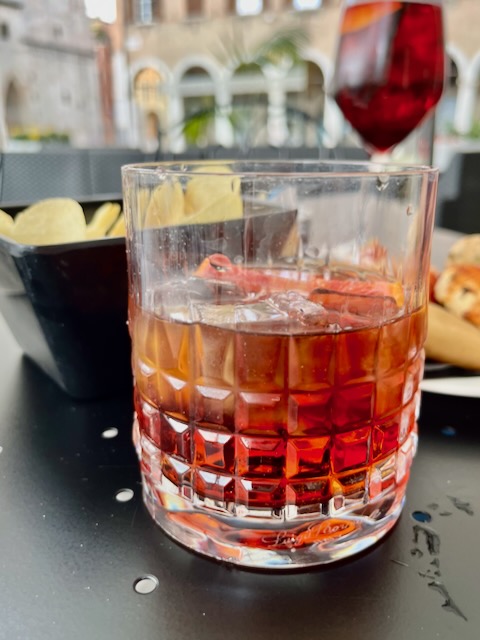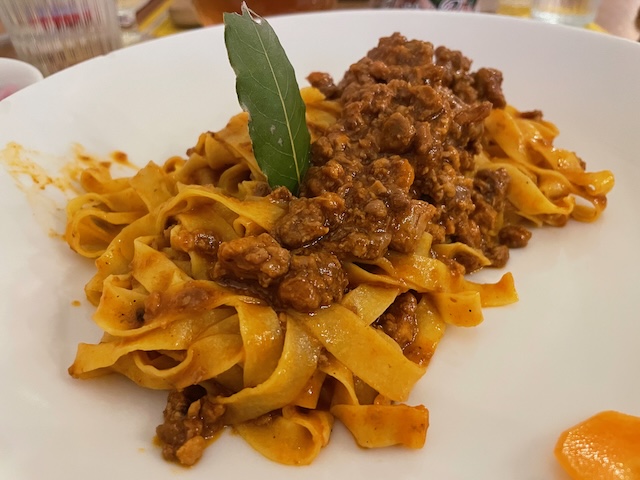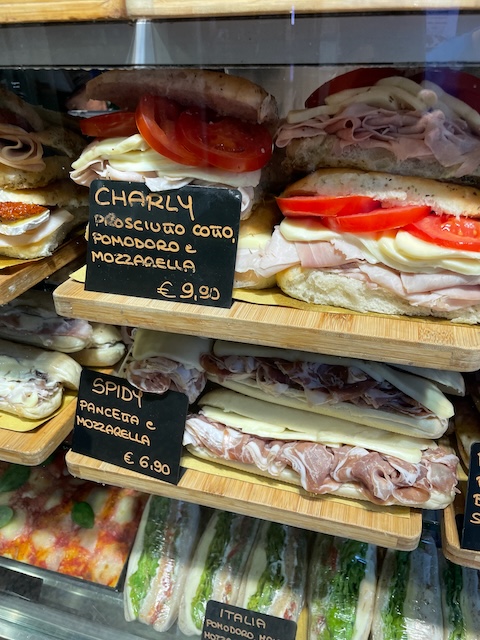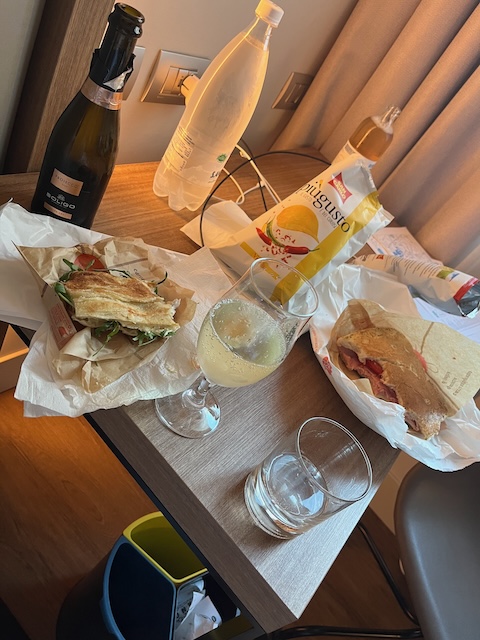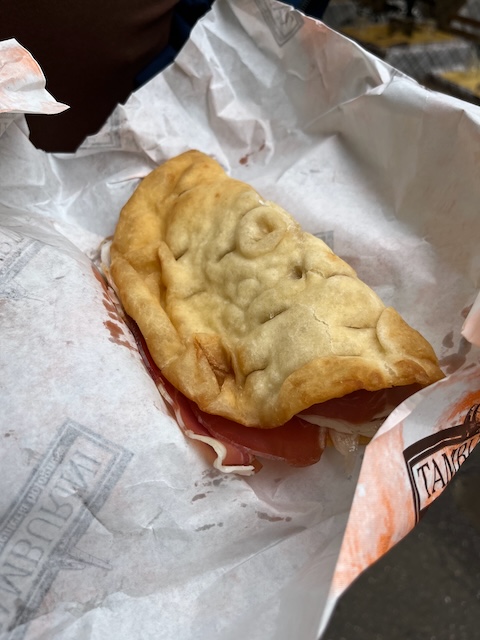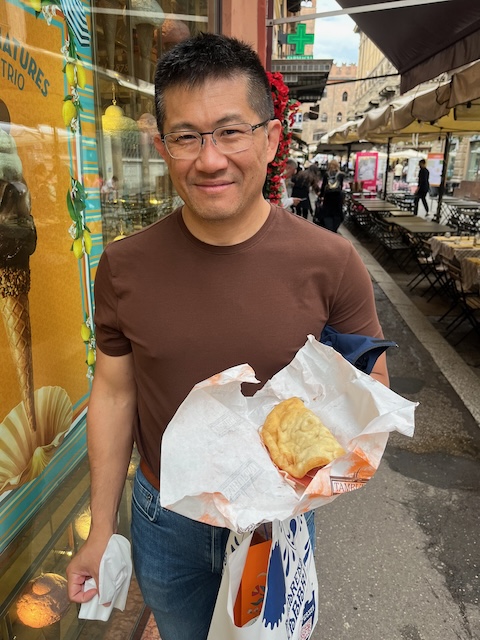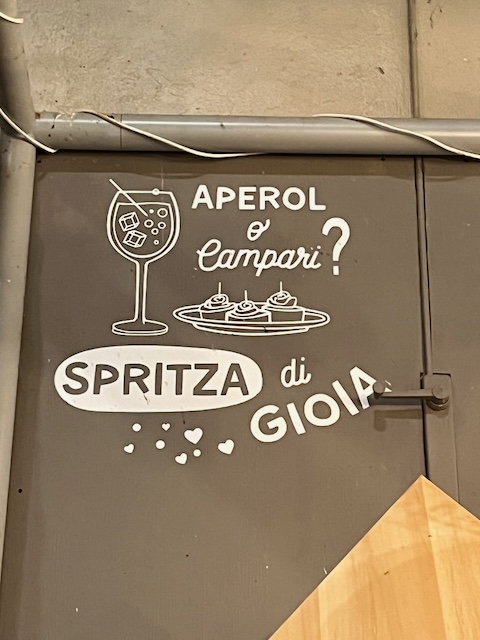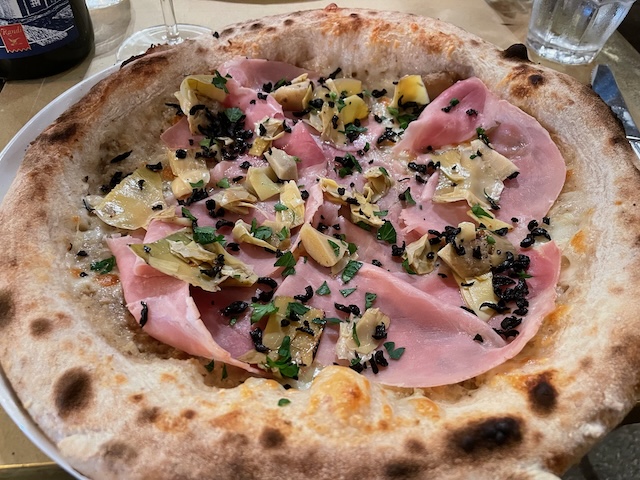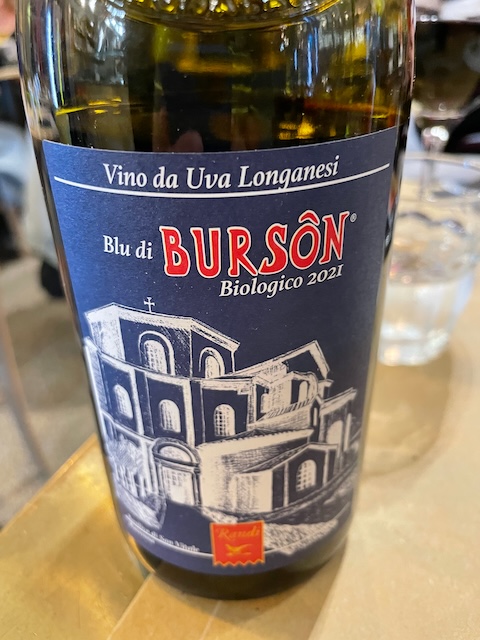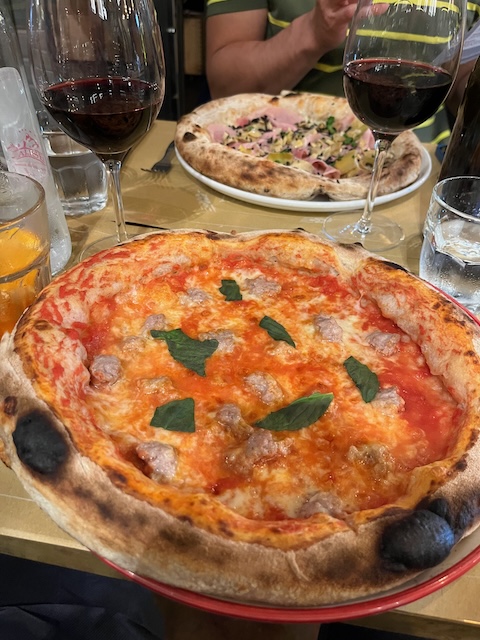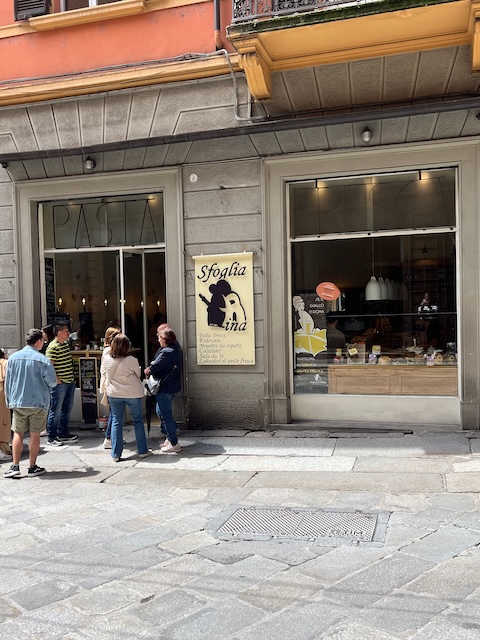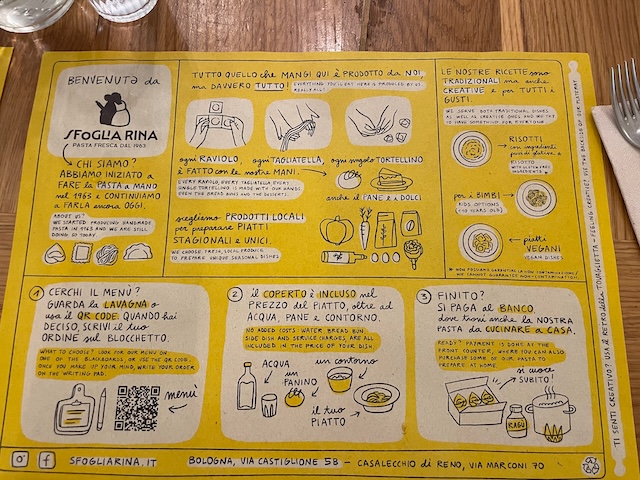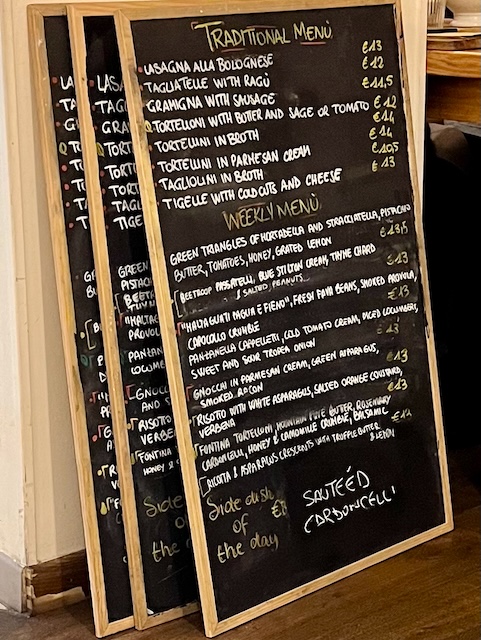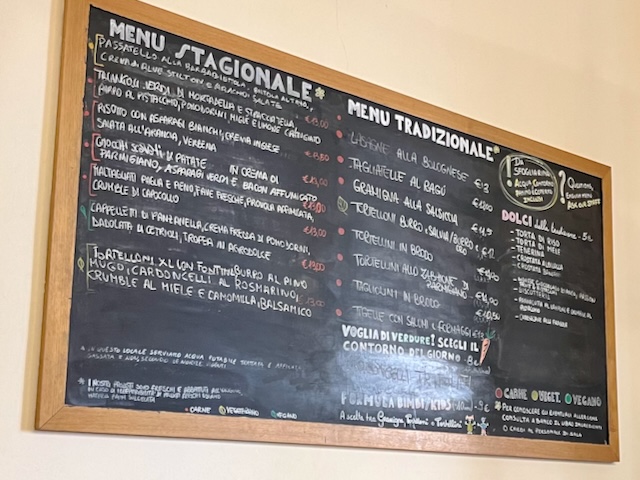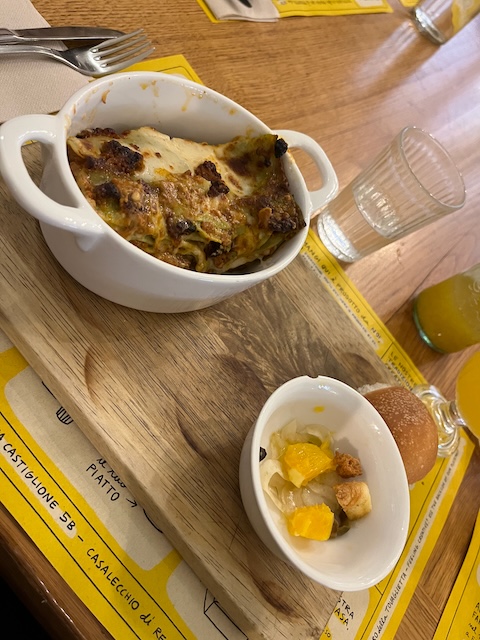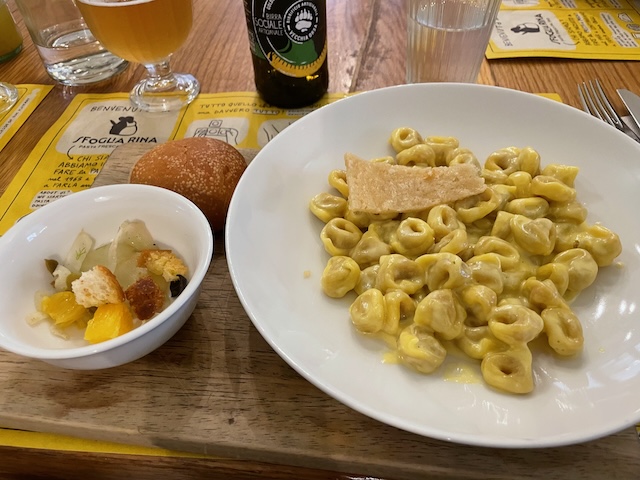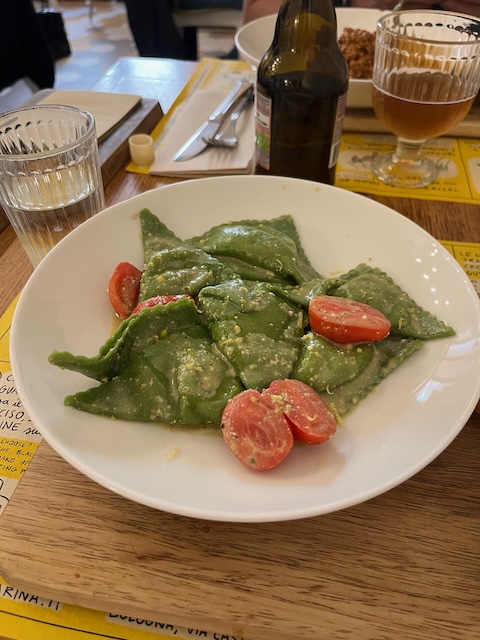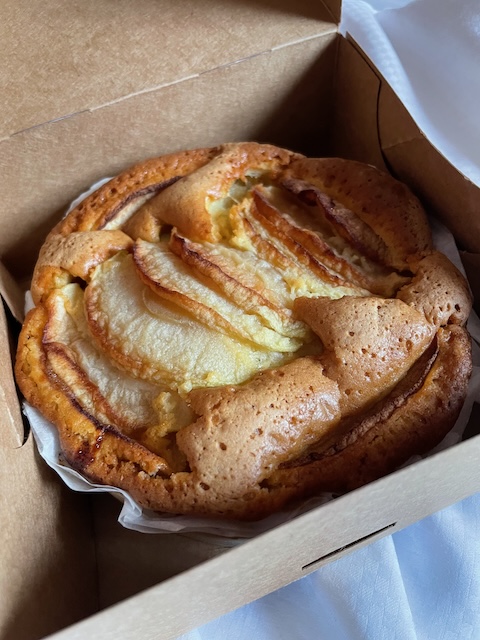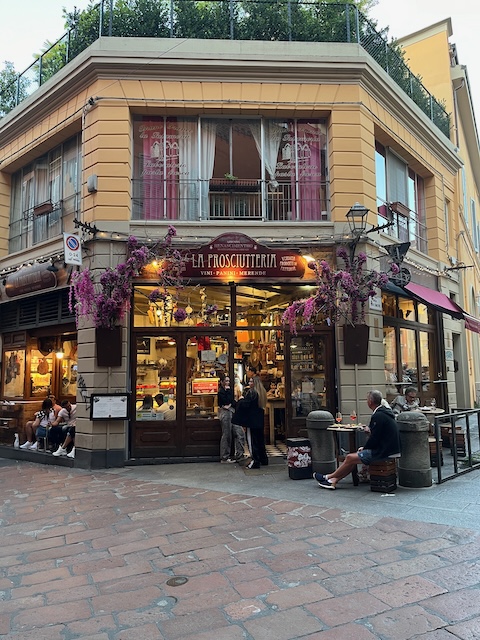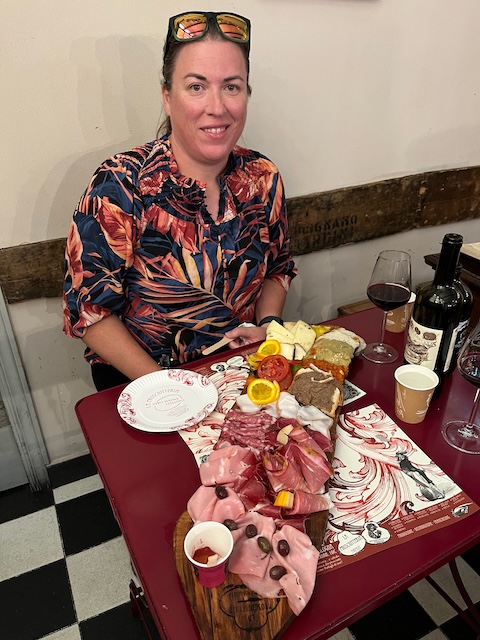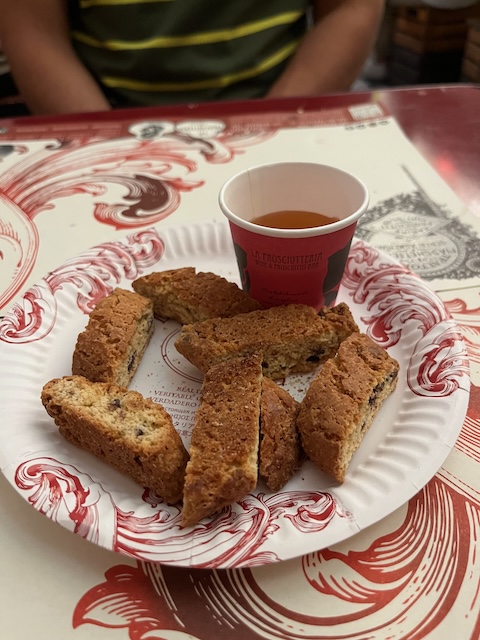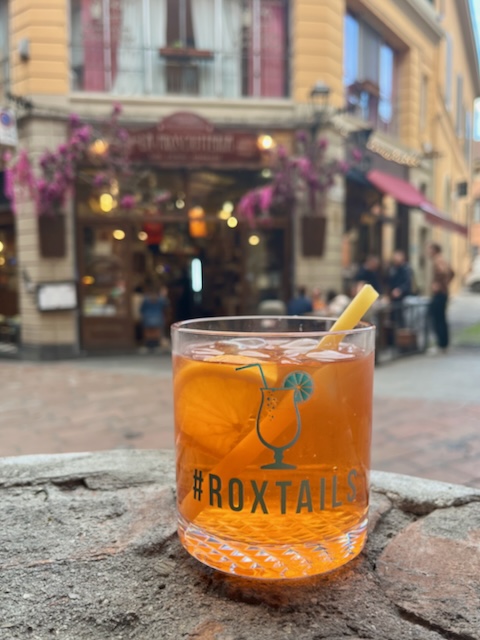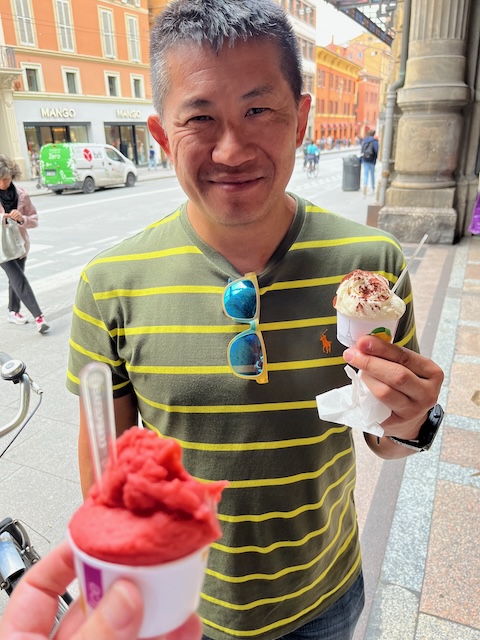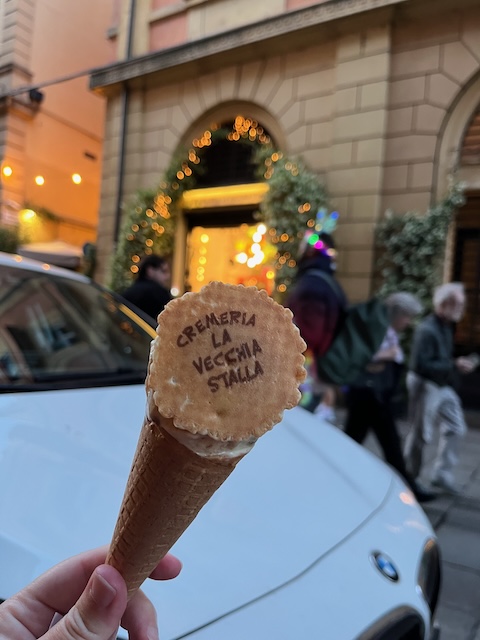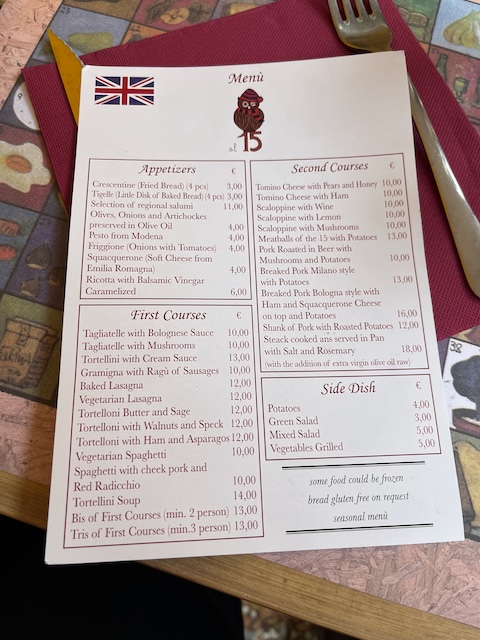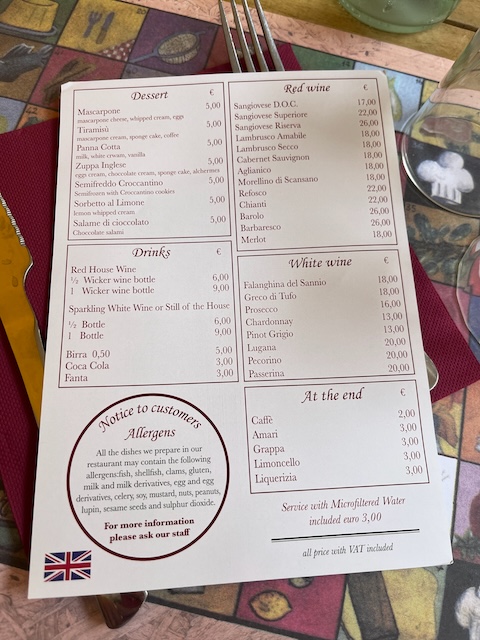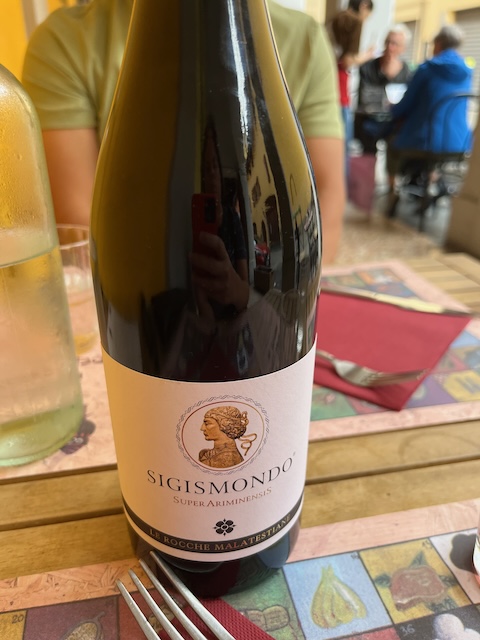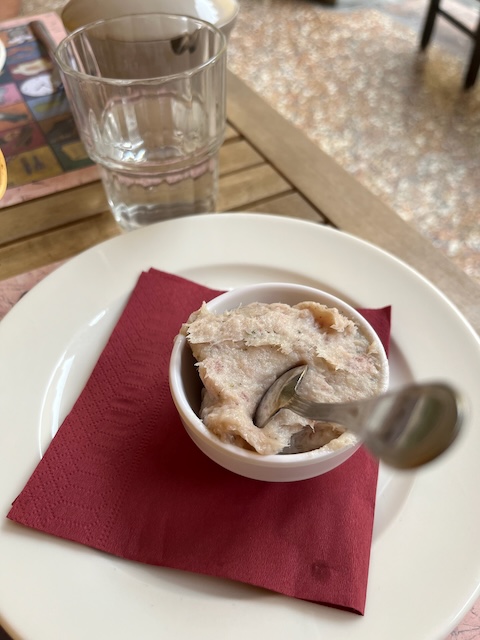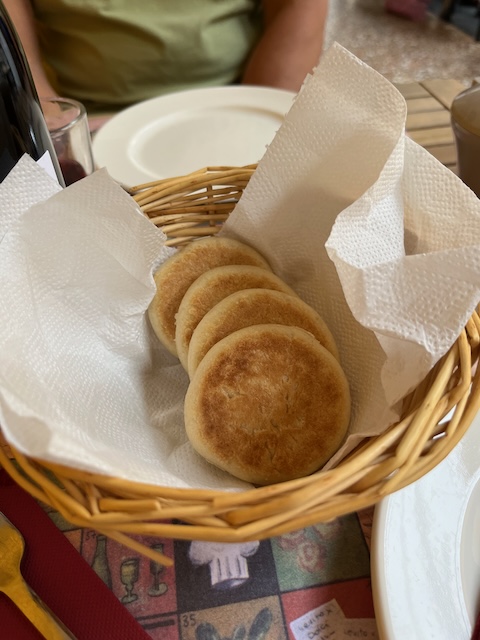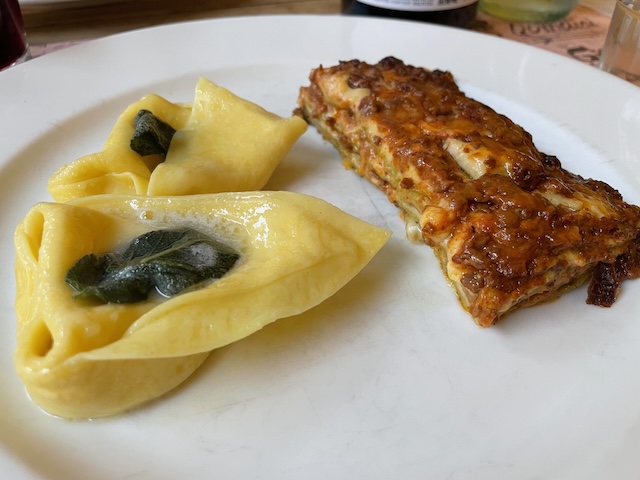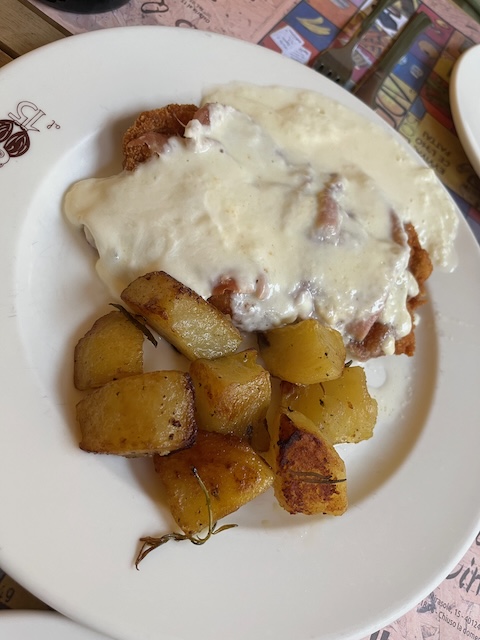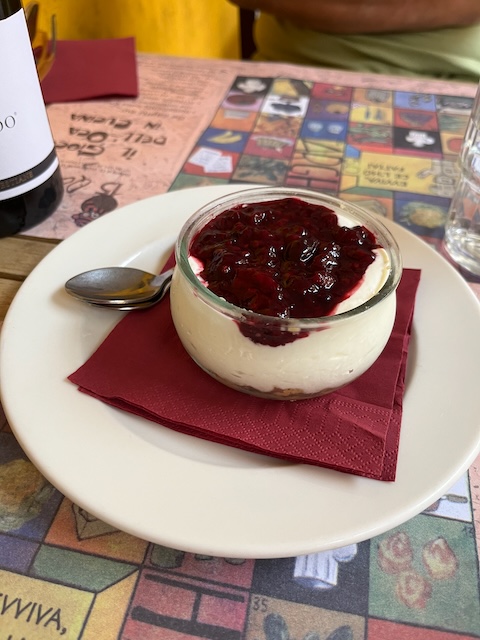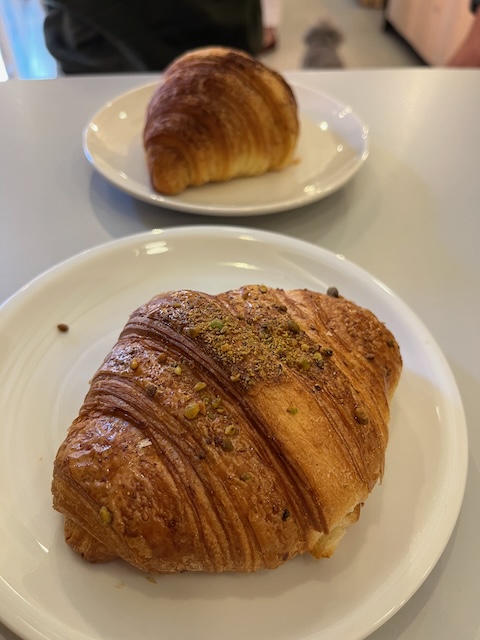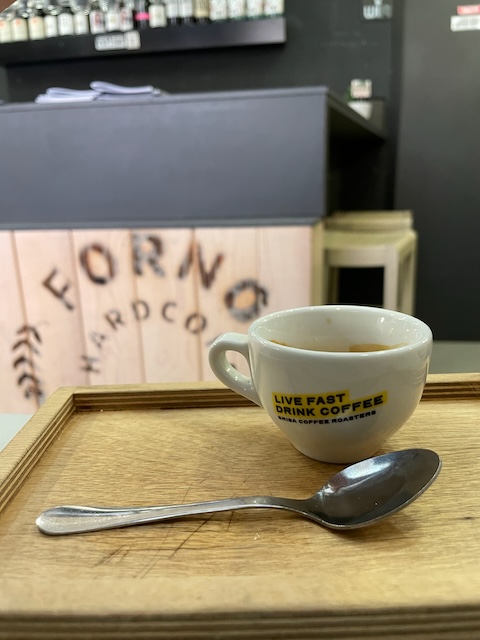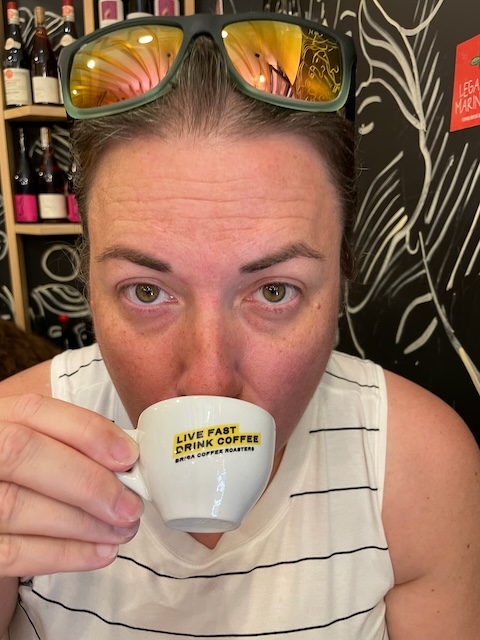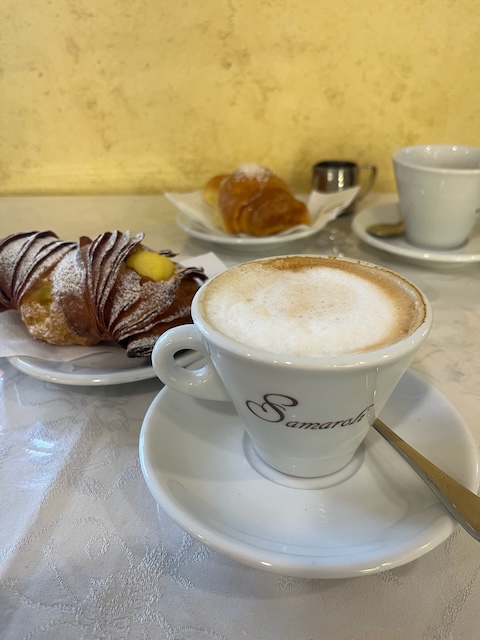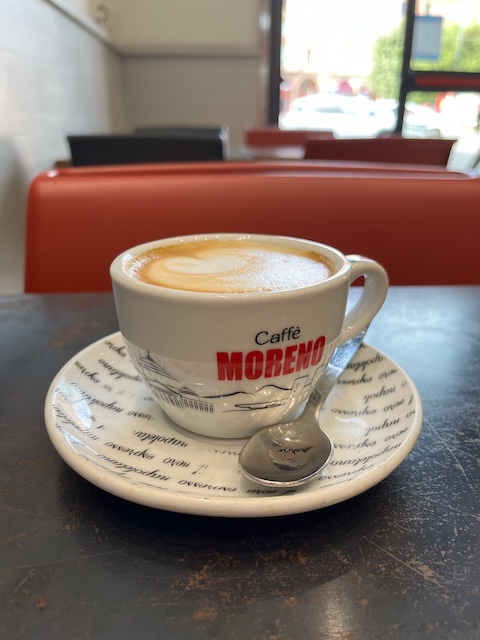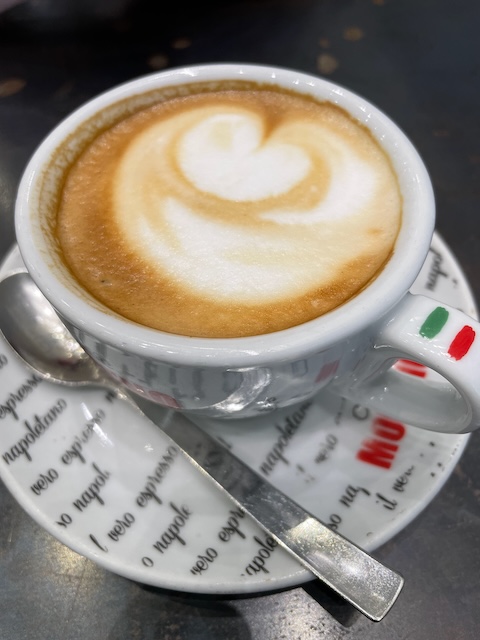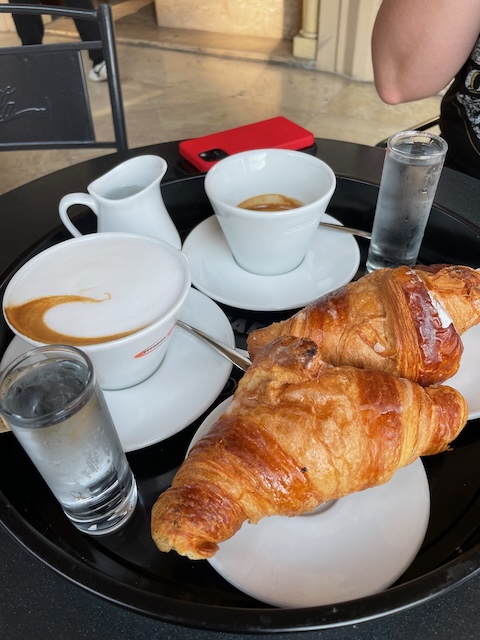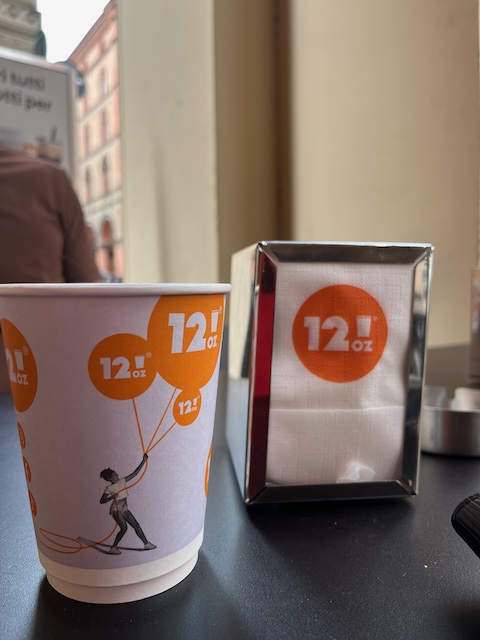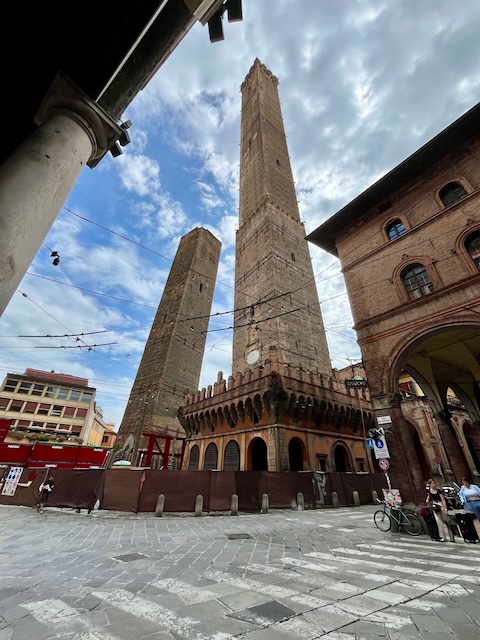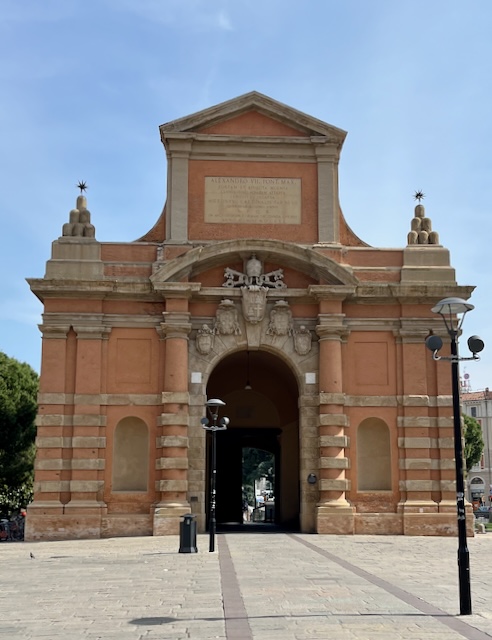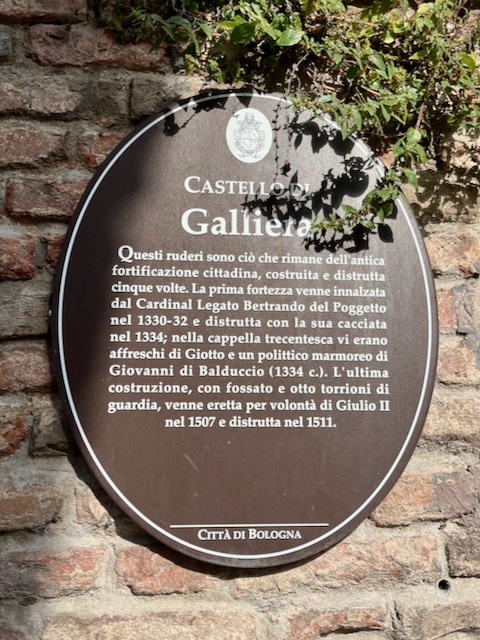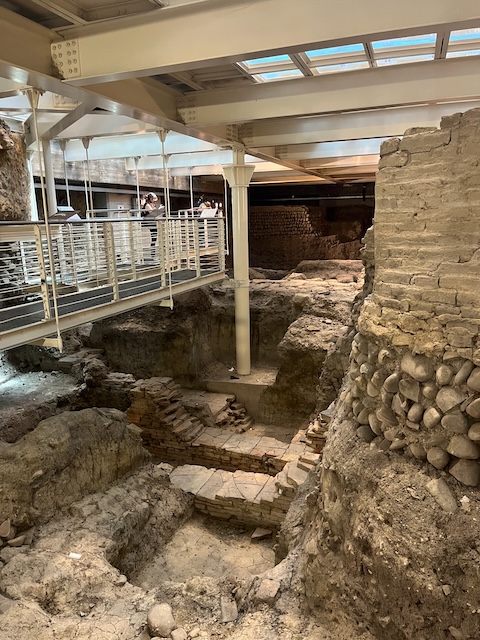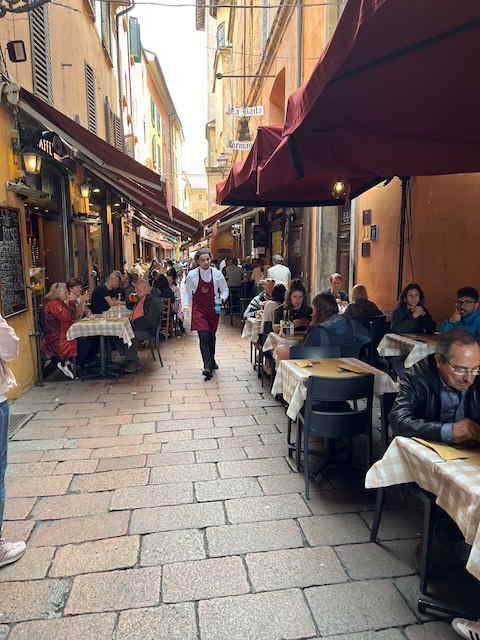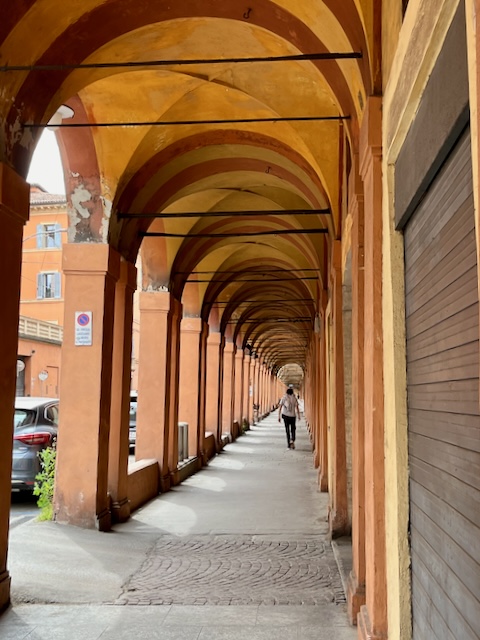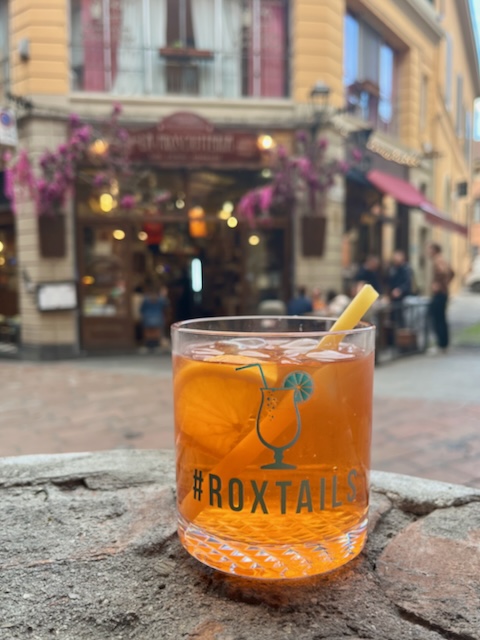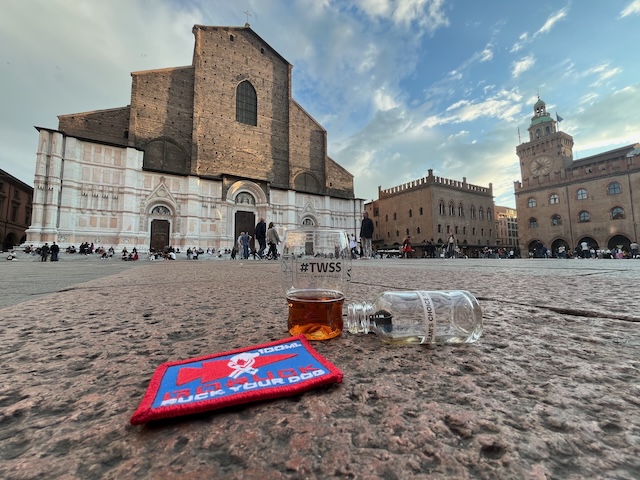We took a high speed train from Bologna Centrale to Florence, and the trip took about 40 minutes. I love that what would’ve taken about two hours driving can be cut down to a much more manageable time for a day trip.
As soon as we stepped off the train at Santa Maria Novella (the main train station in Florence) we were smacked with the observation that there were a lot more tourists in Florence than Bologna and Modena. A large group of people seemed to be waiting outside the train platform area – apparently many were waiting for platform information to be posted/announced on the departure boards. When we left later in the day, we had to do the same thing….it seems like the departure platform was only posted 15 minutes before departure. This was also the only station (in the three cities we visited) that had a security/ticket check in order to access the platforms.
I had the unfortunate circumstance of getting sick the night before we visited Florence. Fortunately, I did get into a pharmacy and was able to get some decongestant medication that helped immensely. The whole scenario did make me a little less enthusiastic than one should be about being in the birthplace of the Renaissance. Even though it was a quick in and out day trip and I didn’t feel great – I’m glad we were able to see a little glimpse of this iconic city.
Ronald wanted to see what the lines looked like for the Accademia Gallery (home to Michelangelo’s famous statue of David. We knew the lines would like be wild, and we were already under the impression that would would probably not be able to go in without a reservation and/or very long wait. As we navigated the 15 minute walk through narrow streets/sidewalks, crowds and the heat…I very quickly missed the Bolognese porticos. Not surprisingly there was an overwhelming crowd and lines of people WITH tickets/reservations awaiting their entrance times at the Accademia.
So, we then headed over to Mercato Centrale. This market is located in the San Lorenzo neighborhood just around the corner from the Duomo. The structure was designed by Giuseppe Mengoni and built in 1843. The typicaly 19th century building of iron and glass somewhat resembles a greenhouse and it essentially transformed the ancient city market in piazza della Repubblica to what it is today. When we walked in, there were people everywhere. The first floor is pimarily stalls and shops with meats, cheese, produce, oil, vinegar, wine, breads, pastries and more. There are also a few vendors where you can order food and small sections to sit and eat. The second floor is almost like a food court – filled with stalls serving a variety of dishes/foods and drinks. I quickly spied a mezzanine level perched above the food court tables. I noticed only a few people were sitting up there and I noticed arrows up a stairway indicating a pizzeria. I suggested we go check that out.
We were able to sit in relative comfort above the bustling crowd, and people watch while we ate…exactly what I needed.
I’m not usually one to pick my food based on where I get to sit to eat it…but the Neapolitan style pizza was great. I had a glass of Prosecco, and we finished everything off with tiramisu and coffee. I’m sure there are more epic & fantastic places to eat (All’Antico Vinaio, you’re still on my list), but I was just not up to the waiting, standing, and crowds.
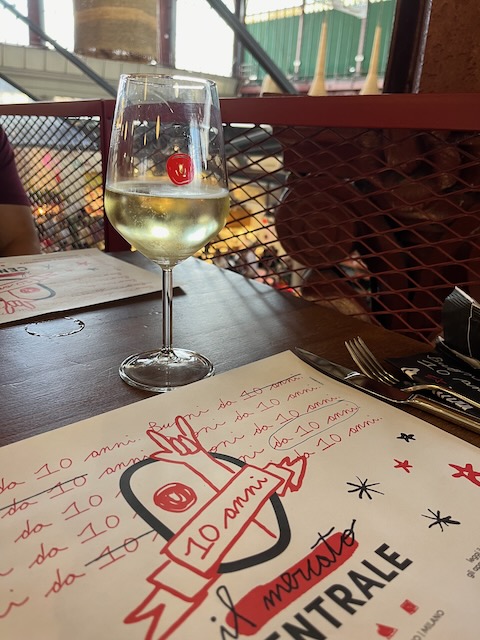
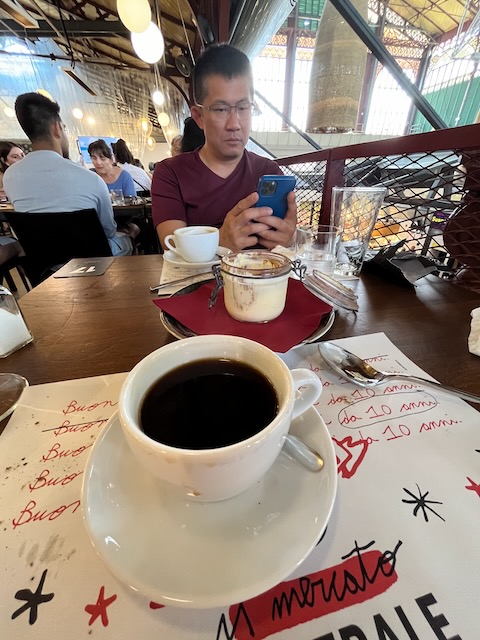
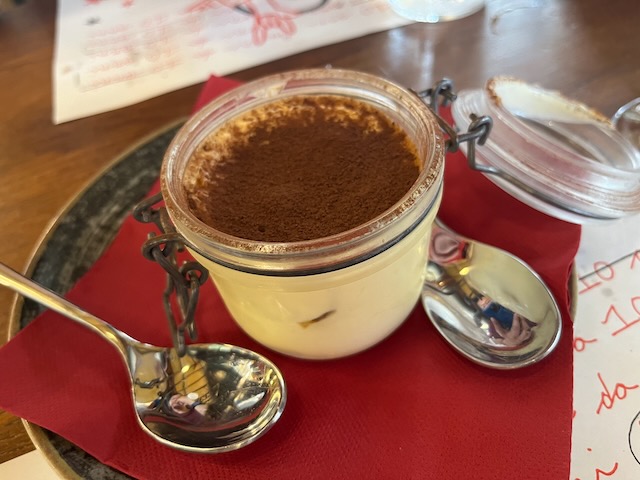
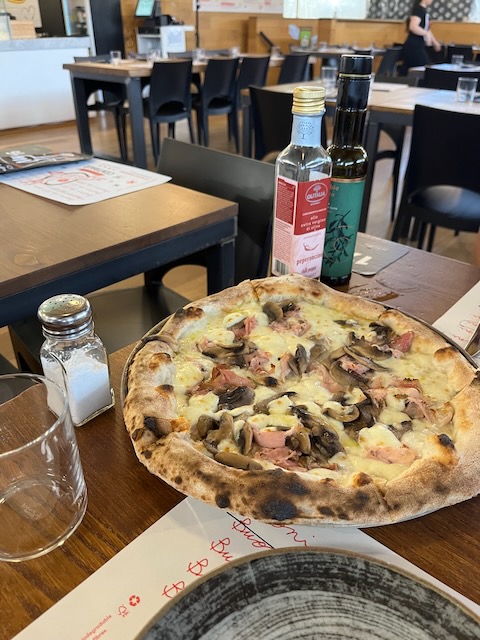
Post lunch, we headed over to the Duomo. There was a line, but it was moving quickly. I don’t remember exactly how long we were in line, but the only bothersome thing was standing in the sun. Otherwise, the time flew by just studying the exterior of this beautiful building. The outside of the cathedral is a masterpiece of Gothic and Renaissance architecture. There’s beautiful panels of marble and shades of white, pink, and green…and wondrous sculptures.
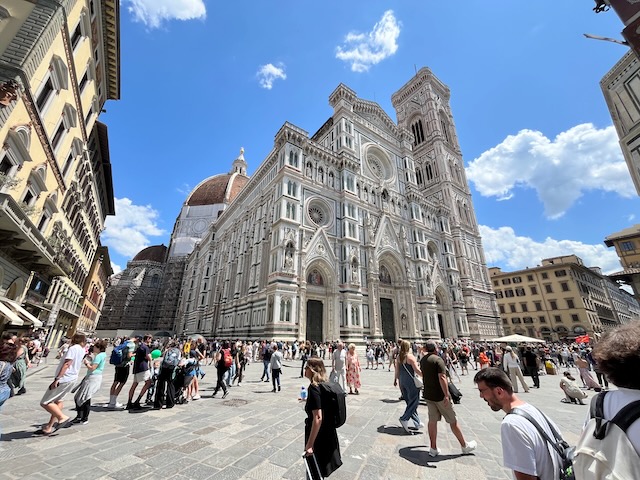
We did some walking around after seeing the main floor of the cathedral. We walked to Piazza della Singnoria – a large open square in front of Palazzo Vecchio (Florence’s town hall). There’s a replica of Michelangelo’s statue of David here and a famous Neptune fountain that was commissioned by the Medici family and completed in 1574. The Uffizi gallery is about a two minute walk from Palazzo Vecchio, but we did not make advance reservations. We will have to save a visit to this famous collection of Renaissance art for a future visit. We found our way to the Ano River and Ponte Vecchio (the “old bridge”). This is a medieval stone bridge that spans the river – it is also the only bridge in Florence that was spared from destruction in World War II. There’s quite a bit of history relevant to this landmark and the bridge now mainly houses jewelry and goldsmith shops since 1565.
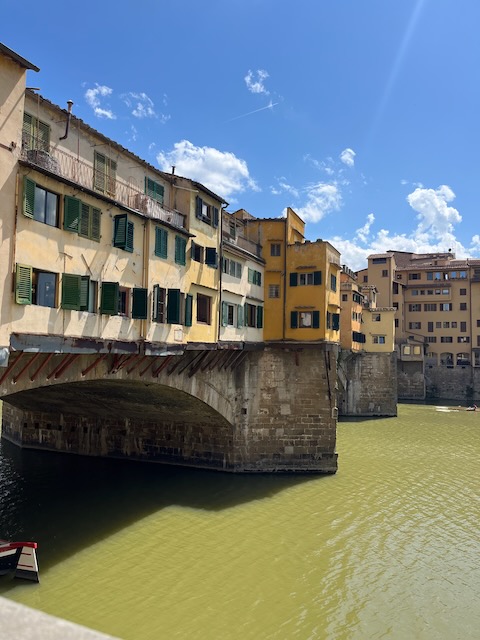
We began walking back in the direction of the train station. We stopped in a pizza shop, ordered a spritz, and just sat people watching & sipping on the patio. There was some hubub at one point in the restaurant – someone trying to pickpocket a patron and a restaurant worker yelling. That pretty much wrapped up our excitement in Florence. It was short and sweet, but I’d love to see more in the future.
